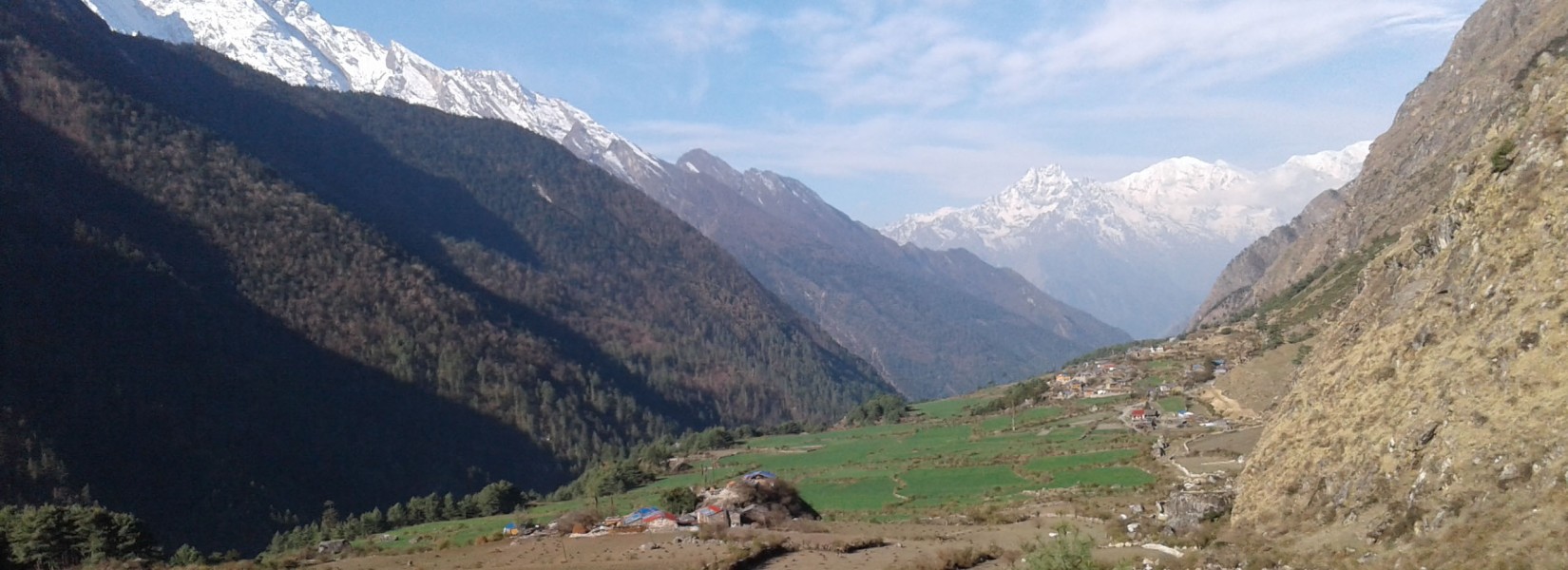About Tsum Valley Trek
Tsum Valley is a Nepalese off-the-beaten-path journey on the east side of the renowned Manaslu Circuit Trek in the Manaslu region. It's also recognized as the Lost Valley Trek in Nepal, and it became quite famous due to its cultural and natural splendor!
Tsum derives its name out from Tibetan word 'Tsombo,' which meaning 'vivid' or 'lively.' Tsum was was one of 13 provinces known as the 'Tsum Tso Chucksums,' according to legend. The Buddhist Tsum people of Tsum Valley are known as Tsum.
Our adventure to Tsum Valley Trek begins in Kathmandu, Nepal's capital city at an altitude of 1350 meters. From Kathmandu, we take a picturesque six - hour travel to SotiKhola, whence our genuine trek begins into the magnificent hidden valley of Tsum valley. We truly start our walk into Nepal's most unique location from SotiKhola, passing through thick pine woods, farming fields beside raging rivers, admiring the beautiful waterfalls that flow from the high alpine glacier ranges, and crossing lengthy suspension bridges over raging Mountain Rivers.
As you continued to walk, you will stumble across wonderful green woodlands featuring rhododendrons in bloom. The Buddhist culture is represented by fluttering prayer flags and mani walls along the trekking path. Within the valley, you will pass by gorgeous glacial rivers, spectacular waterfalls, and the grandeur of nature. We'll stop at PirenPhu cave, which is regarded a sacred cave in the valley, on the route.
The walk gives valuable overview into the diversity of flora and wildlife, in addition to cultural and natural grandeur. On the way, we could see Blue Sheep and Himalayan Tahr. As a result of the rules prohibiting any type of hunting or fishing in this safe refuge for a vulnerable ecology.
According to history, the Buddhist saint Milarepa stayed in the caves of these peaks.
Mu Gompa and RachenGompa, mani and prayer walls on a magnificent landscapes placed in the lap of the valley, and GompaLungdang, are just a few of the region’s amazing and old monasteries. The tribes here hold numerous Buddhist festivals, undertake ritual juniper-seed burnings to purify the air and Mother Nature, and erect prayer flags and Mani Walls to ensure the pleasure of all sentient living creatures.
